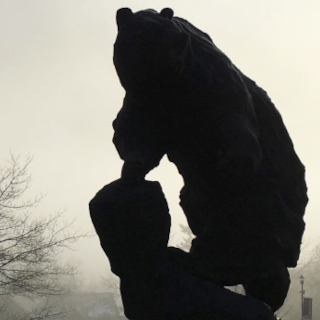Peroxide Forming Compounds
These listings were taken from ‘Prudent Practices in the Laboratory, Updated Version, 2011”. They are not considered to be exhaustive.
Class A: Chemicals that form explosive levels of peroxides without concentration
- Isopropyl ether
- Butadiene
- Chlorobutadiene (chloroprene)
- Potassium amide
- Potassium metal
- Sodium amide (sodamide)
- Tetrafluoroethylene
- Divinyl acetylene
- Vinylidene chloride
Class B: These chemicals are a peroxide hazard on concentration (distillation/evaporation).A test for peroxide should be performed if concentration is intended or suspected.
- Acetal
- Cumene
- Cyclohexene
- Cyclooctene
- Cyclopentene
- Diacetylene
- Dicyclopentadiene
- Diehtylene glycol dimethyl ether (diglyme)
- Dietheyl ether
- Dioxane (p-dioxane)
- Ethylene glycol dimethyl ether (glyme)
- Furan
- Methyl acetylene
- Methyl cyclopentane
- Methyl-isobutyl-ketone
- Tetrahydrofuran
- Tetrahydronaphthalene
- Vinyl ethers
Class C: Unsaturated monomers that may autopolymerize as a result of peroxide accumulation if inhibitors have been removed or are depleted
- Acrylic acid
- Butadiene
- Chlorotrifluoroethylene
- Ethyl acrylate
- Styrene
- Vinyl acetate
- Vinyl chloride
- Vinyl pyridine
- Methyl methacrylate
